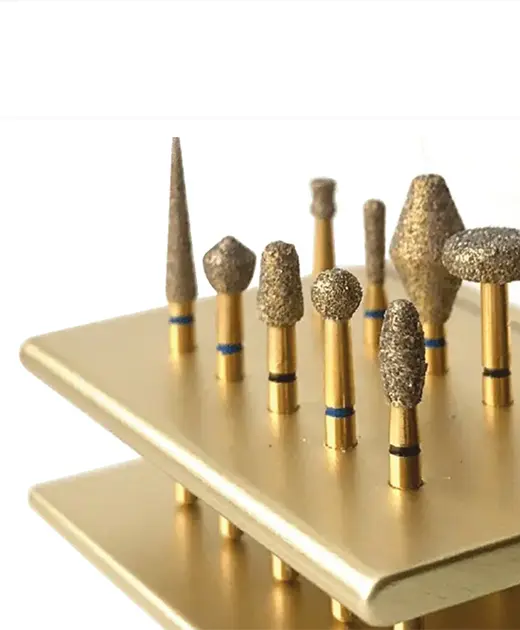
BIG Discounts on Auto Shipped Dental Supplies.
Join hundreds of practices nationwide already saving time and money.

Discounted Dental Supplies Auto Shipped Directly to You Practice
Big Savings
No Stock Outs
Save Time
Sign Up Now!
Join hundreds of practices nationwide already saving time and money.

Big Savings
No Stock Outs
Save Time
Sign Up Now!